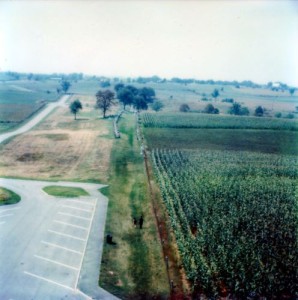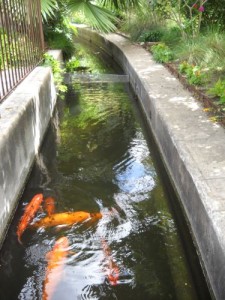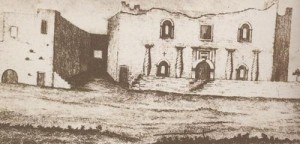Tracking Ivory by Bryan Christy photographs by Brent Stirton
Generally, for these posts I read the hard copy and then pull up the Internet version of the issue to refresh my memory while I write the article. In this case, I had to refer back to the issue, because the title at the top of the webpage was How Killing Elephants Finances Terror in Africa, and my first response was, “That’s not a National Geographic article. That’s a term paper.” And, yes, the title of the article in the actual hard copy is Tracking Ivory, which is the name given to the entire section of the website where the article can be found.
The National Geographic Society is starting a Special Investigation Unit and Tracking Ivory is the first article on the work of this unit. Christy was an attorney, but he is now a journalist. In Tracking Ivory, he hires a world-class taxidermist to make fake elephant tusks. These fake tusks look and feel exactly like the real thing and also have a hidden compartment where Christy hid a transmitter. Using this, Christy hoped to be able to track the path that the fake tusks will take.
Curbing poaching of elephants is important for two reasons. The most obvious, and most pressing, is that the population of elephants is dropping quickly — about 30,000 elephants are killed every year. The second reason is that the proceeds from the sales of these tusks is being used to finance terrorism. The Lord’s Resistance Army, the terrorist group headed up by Joseph Kony, is one of the primary traffickers in ivory.
Christy brings his fake tusks into Africa (and is detained by police along the way, which gives him hope that the traffickers will fall for his fake tusks) and gets the tusks to the traffickers. Along the way, we hear the stories of some of Kony’s victims.
At the article’s end, the tusks are in a house in Sudan, likely buried in the yard, because the tusks are in an environment that is cooler than the local air temperature. I have looked to see if Christy has posted any kind of update on their position, but have been unable to find anything.
Point of No Return, by Mark Jenkins, photographs by Cory Richards
Right up front, I’m going to tell you that the photograph on pages 88 and 89 is a spoiler for the ending. If you want to be kept in suspense, I recommend that you take a paperclip and ever-so-carefully paperclip the pages together so that it goes directly from page 87 to page 90.
Point of No Return follows Jenkins and Richards and the rest of their team of climbers as they attempt to be the first to take a GPS reading of the height of Hkakabo Razi in Myanmar, which may be the highest mountain in Southeast Asia. It was long thought to be the highest until another team of climbers reached the top of Gamlang Razi and used GPS to measure that mountain as 19,259 feet, which is higher than the most recent figures on Hkakabo Razi.
Jenkins is one of the last survivors of an adventuring group formed in 1993. The original group was four young men, two of whom are now dead. The fourth has stopped having these types of adventures, so Jenkins was climbing Hkakabo Razi, one of the most challenging mountains in the world, not just for him, but in memory of his late friends.
The climbing team consisted of five people, three men and two women, but ultimately only the three men attempted the final ascent. One of the women was insistent on going, but ultimately she makes what Jenkins describes as “the correct decision” and chooses to send one of the men instead. Unfortunately, we just have Jenkins’s word that it was the correct decision.
Ultimately, the climb is harrowing and I was very happy indeed to be sitting calmly at my sideline job on a balmy 70-degree day in South Texas, rather than attempting that climb myself.




